There are buildings scattered across Southern California that could pancake at any minute. At the same time, there is a deep shortage of housing in the region. One developer has carved out a unique business model that may offer a solution to both problems.
Paul Jesman, a real estate broker and property developer based in Los Angeles, has spent the past few years propping up seismically risky buildings with accessory dwelling units, or ADUs. These small housing units—typically built as stand-alone structures on empty space in a backyard to house an in-law or generate rental income—are now doing double duty as structural support.
“You’re hitting a couple birds with one stone,” Jesman says.
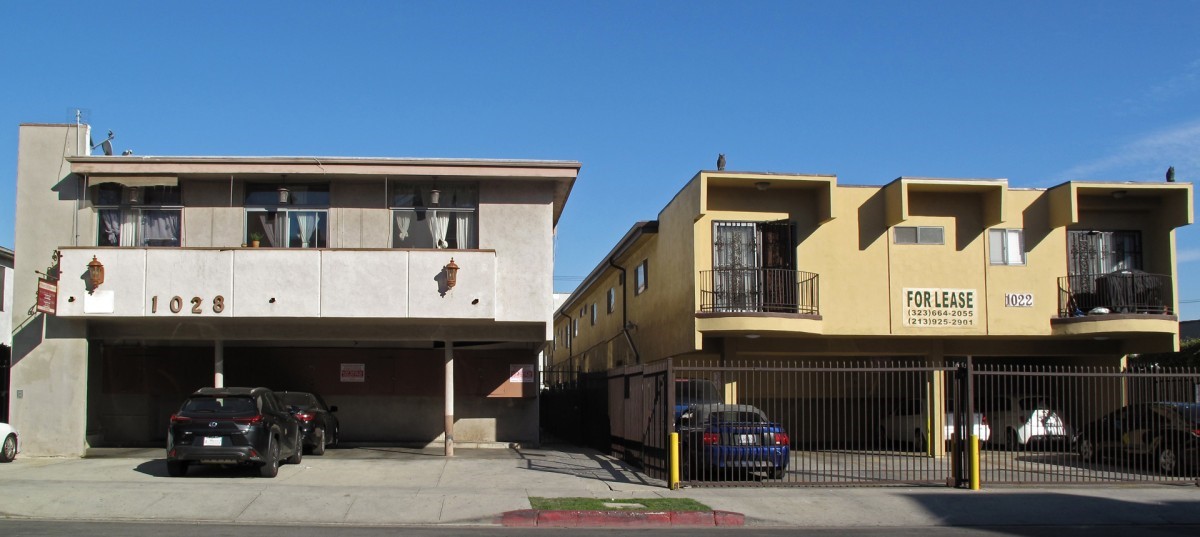
He’s doing this renovation work on what are referred to as “soft-story” apartment buildings. These multiunit buildings stand over largely open carports and are notoriously at risk of earthquake damage. Affectionately known as Dingbats, these apartments became ubiquitous across Southern California in the 1950s and 1960s. With a story or two of apartments above, and street-accessible parking spaces below, Dingbats solved the dual problems of housing a growing population and needing to create more room for the cars their residents bring with them. Dingbats have become a quintessential vernacular architecture of L.A., but they also a known risk during big earthquakes. After the 1994 Northridge earthquake that struck outside of L.A., many Dingbats and other soft-story structures simply crumpled.
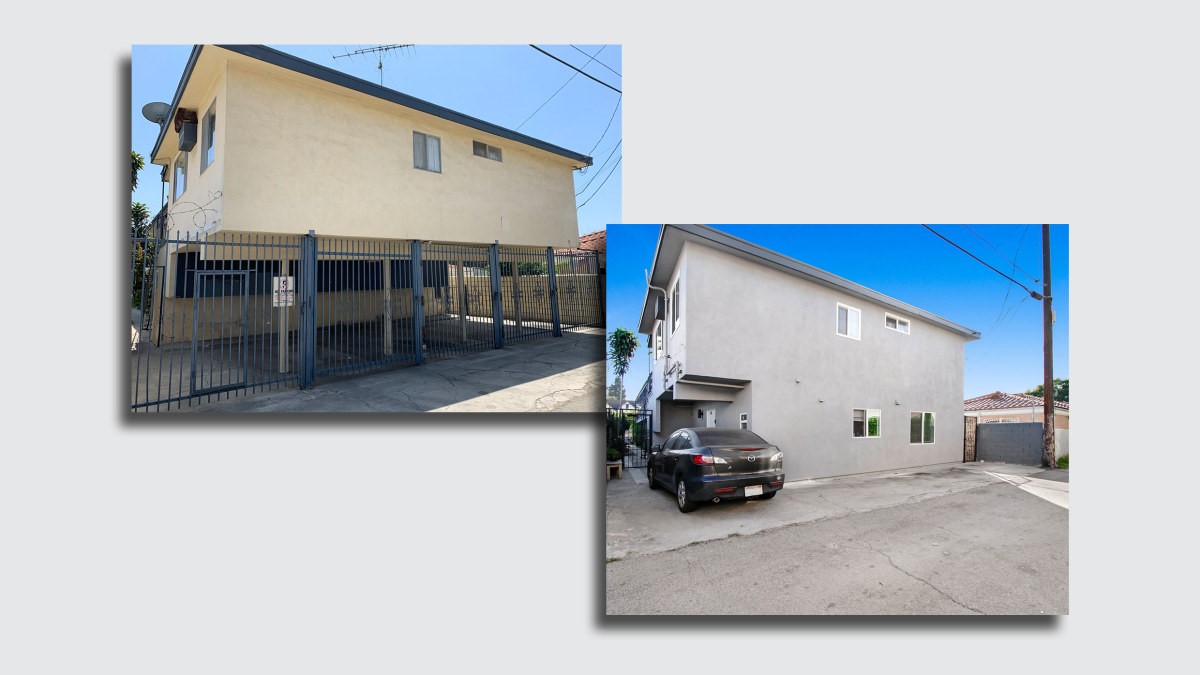
Seismic safety rules passed in 2015 now require retrofits of multistory buildings with what the city’s building department refers to as “tuck-under” parking. Many are still needed. The Los Angeles Times recently mapped out about 6,000 buildings across the city, including Dingbats, that likely haven’t yet been retrofitted.
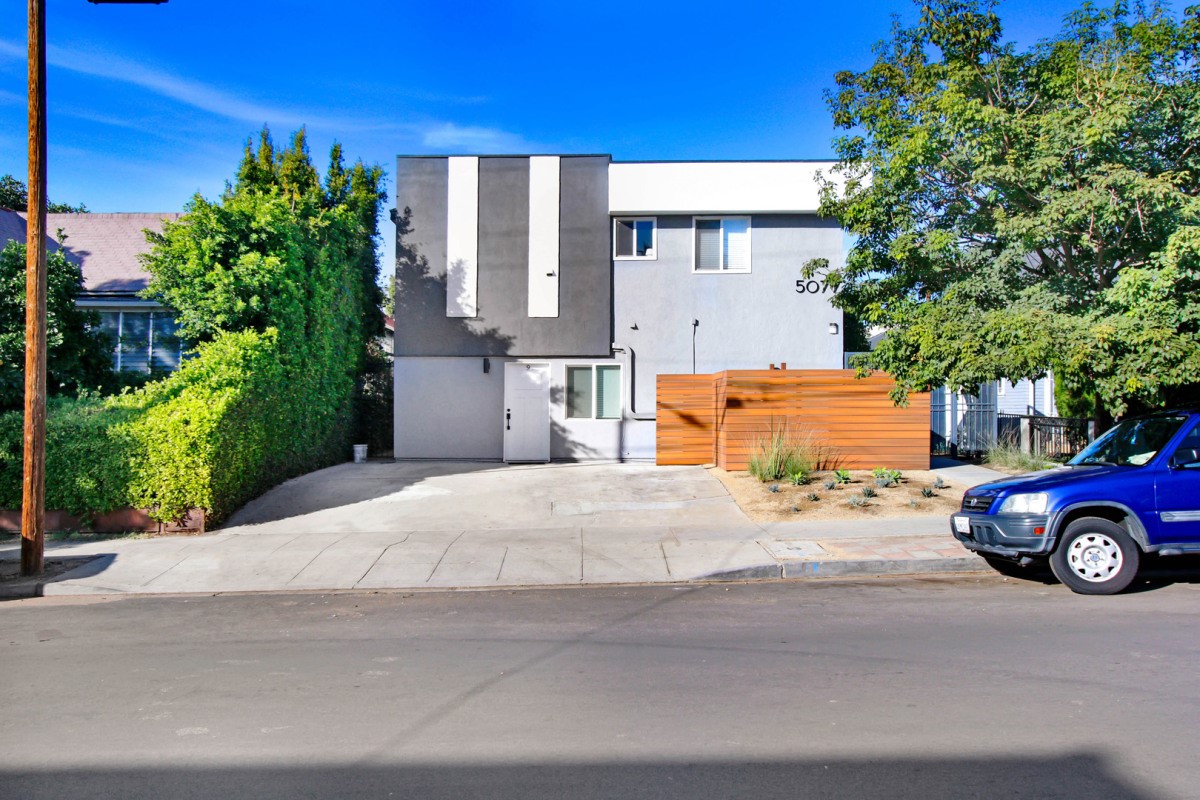
Jesman’s approach offers a seismic solution with benefits. So far, he’s renovated five Dingbat apartment buildings by slotting ADUs into the space that had been used as a carport. One project, in East Hollywood, proved only to be a slightly bigger investment than doing the required structural retrofit, and one that would pay profits in only a few years. “You can either spend around $100,000 on just the soft story work or $270,000 and you get around $50,000 of rental income per year,” he says. “The yield on costs is pretty good.”
The concept is a unique mashup of housing issues that are only somewhat specific to the L.A. region. Cities across the country have recently amended their zoning and building rules to allow for the construction of ADUs as a way of subtly injecting more housing stock into existing neighborhoods. Mandated seismic retrofits are also becoming more common in places with high earthquake risk.
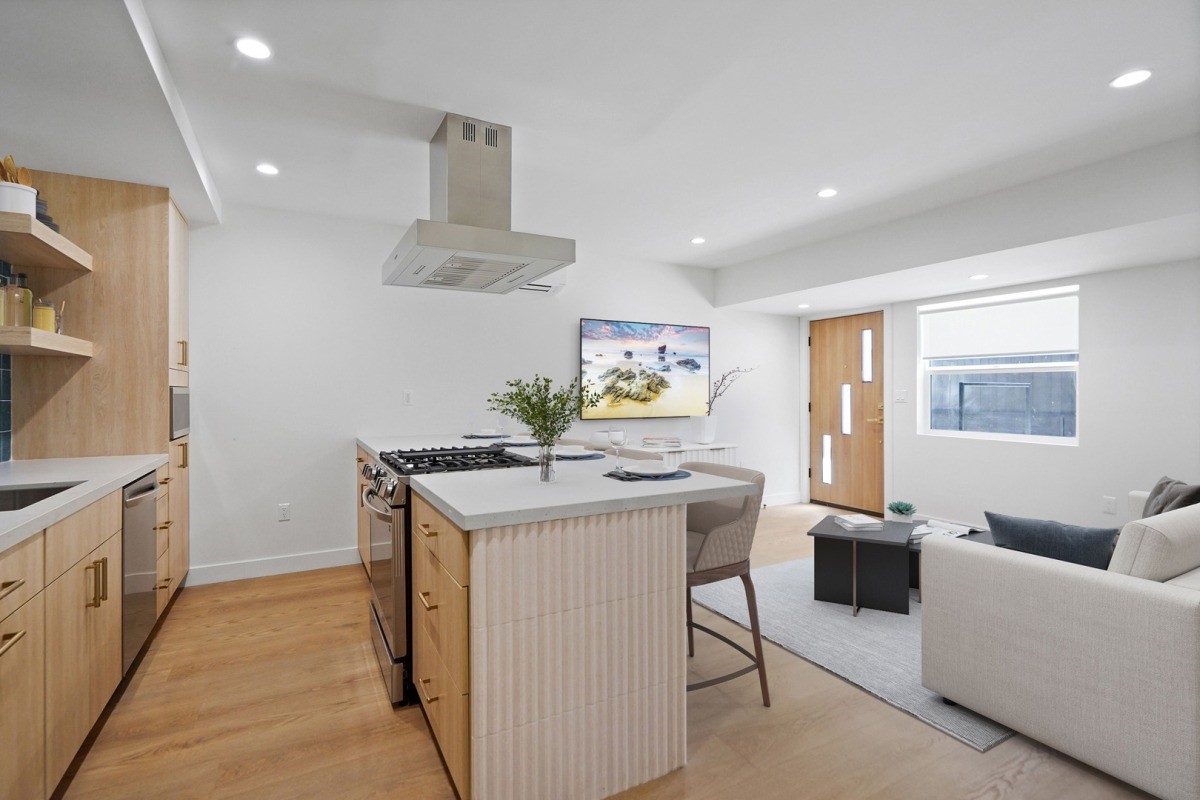
Jesman started his first Dingbat ADU project in 2021, and it took about 12 months to complete. He says that was longer than he’d anticipated; there was a learning curve for designing and building the ADUs, as well as a general unfamiliarity with this building approach among city inspectors. Another project hit a snag when there was a challenge connecting to the existing building’s sewage line. He’s also had to work to make sure windows can be added to other sides of the building, so the units don’t end up feeling like caves. But overall, he says, the process is getting smoother and the payoff is worth the effort.
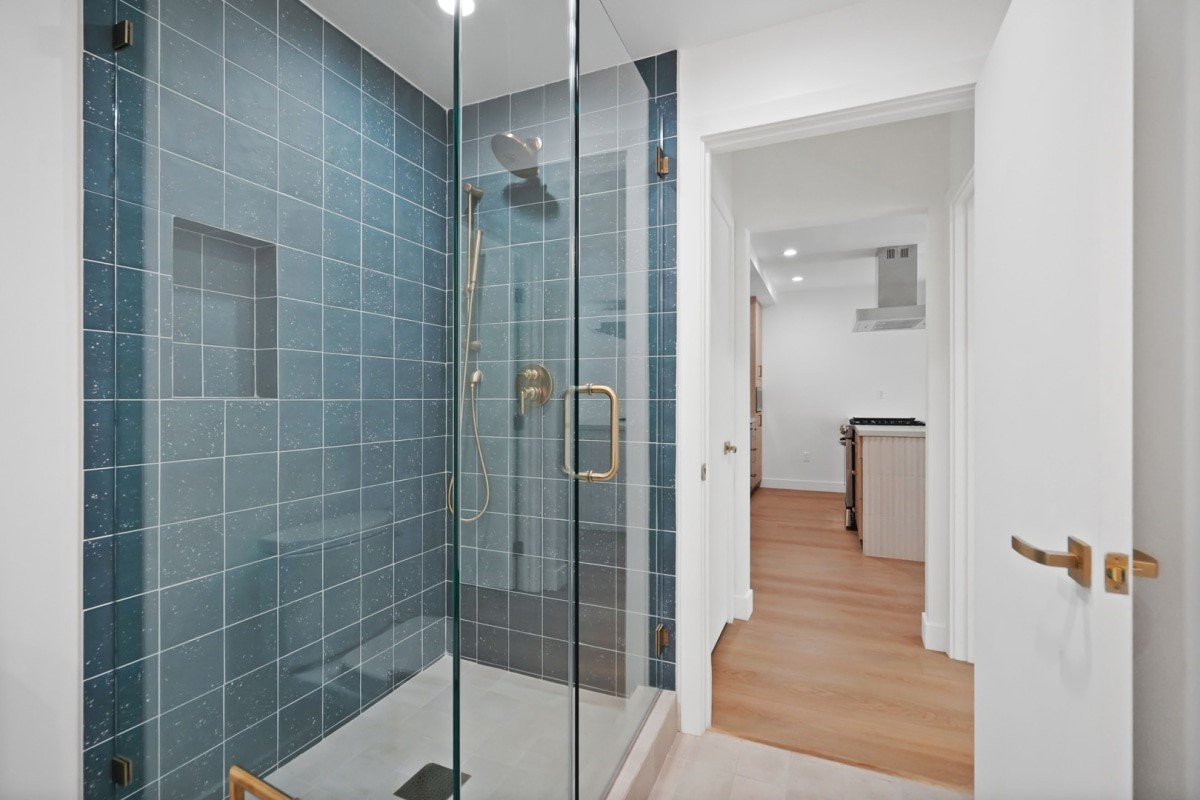
Others are following Jesman’s lead. He says several other developers are building ADUs in carport apartment buildings across L.A. “The cat’s out of the bag,” he says.
But it’s not a universal solution. “Not every building with a carport is a good potential project. It really depends on the street, the amount of parking a street has,” Jesman says. “Having a building with zero parking is tricky in L.A.”
There are still plenty of options out there, though. Jesman says he recently bought another Dingbat property in the Atwater Village neighborhood. Its carport parking spaces will soon be places for people to live.
(28)